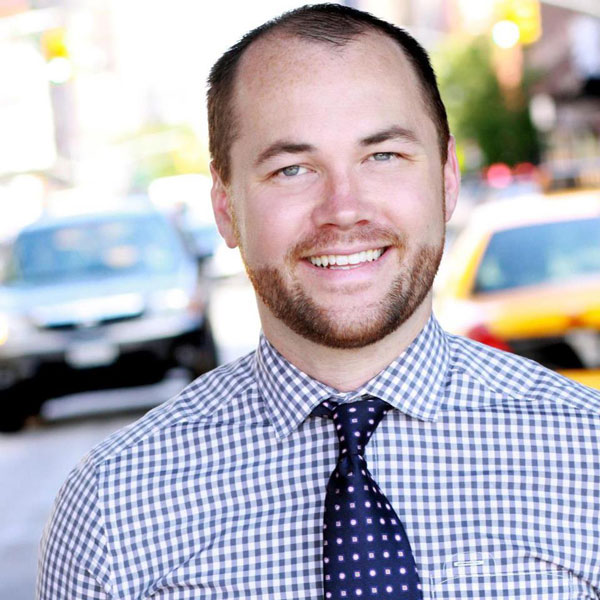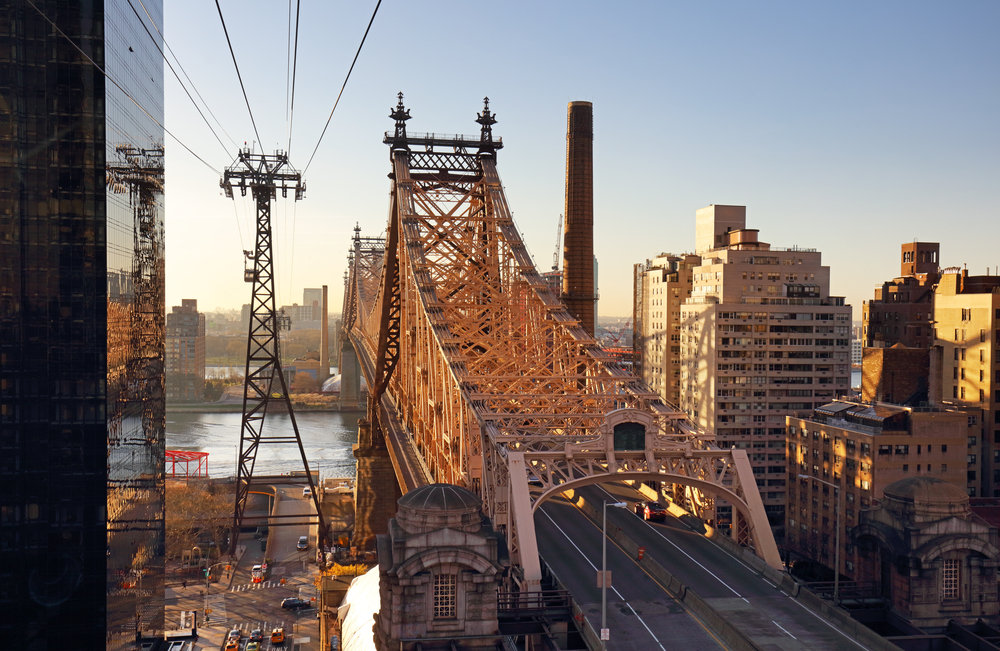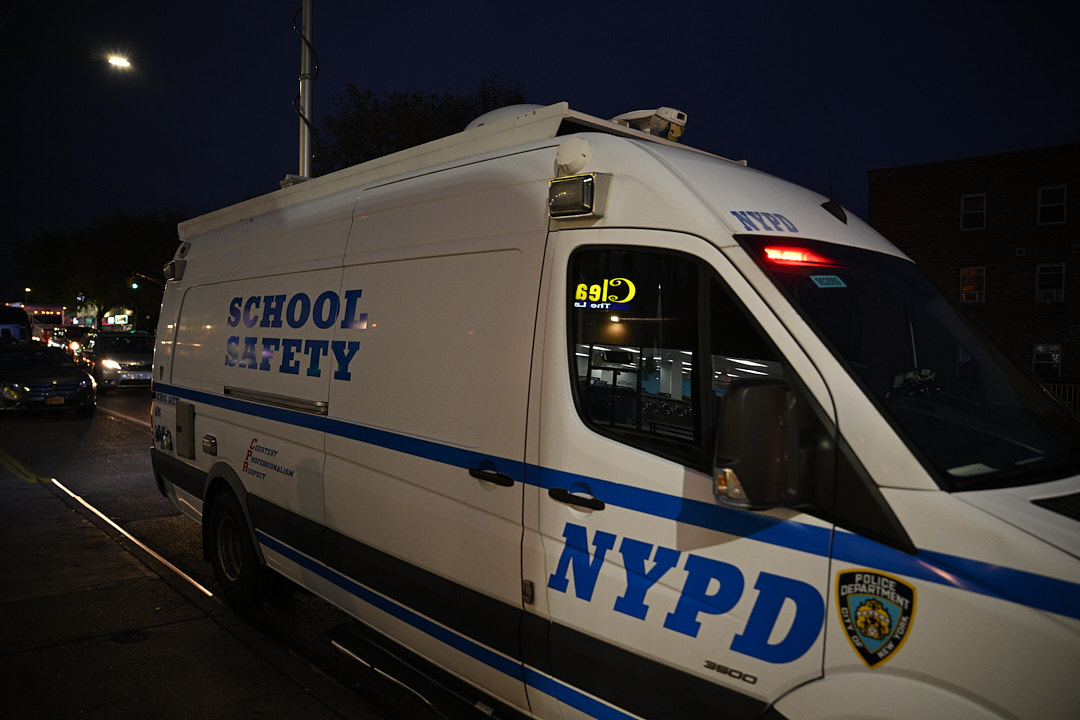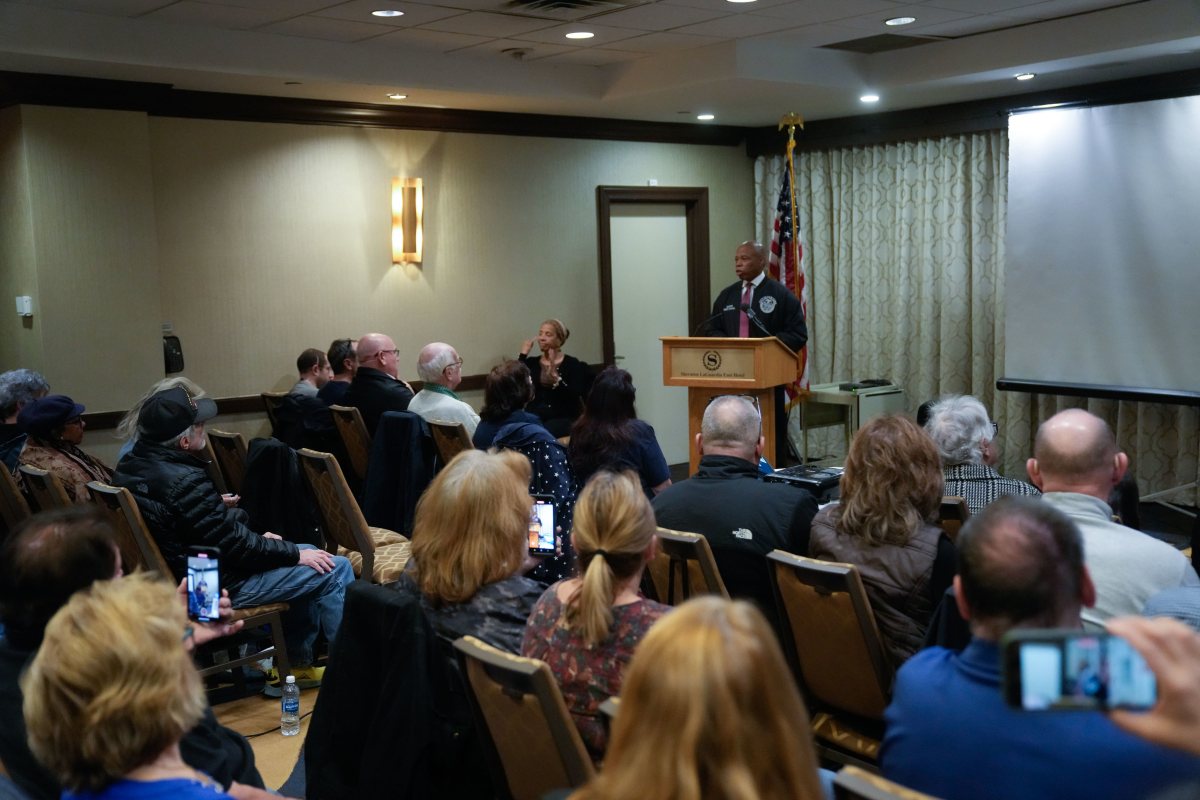 BY LINCOLN ANDERSON | The Empire State Development Corporation — the state’s development agency — is now saying that an “expedited ULURP” is what will be done for the process under which Pier 40’s unused development rights will be transferred to the St. John’s Center site across the West Side Highway, and also for the new project that will then rise on that site. A still-unseen memorandum of understanding, or M.O.U., signed by E.S.D.C., Atlas Capital Group (a St. John’s Center co-owner) and the Hudson River Park Trust, called for the transfer of $100 million worth of air rights from Pier 40, and for the whole project to be done under a state-run General Project Plan, as opposed to a city-run Uniform Land Use Review Procedure. ULURP involves more local community review, plus binding votes by the City Planning Commission and City Council. The sale proceeds will be funneled back into Pier 40 for its repair. As the councilmember whose district includes Pier 40, at W. Houston St., Corey Johnson will be the lead negotiator on the ULURP. The Villager asked Johnson his thoughts on the upcoming review process — which reportedly could be completed by December 2015 — as well as about the secret M.O.U.
BY LINCOLN ANDERSON | The Empire State Development Corporation — the state’s development agency — is now saying that an “expedited ULURP” is what will be done for the process under which Pier 40’s unused development rights will be transferred to the St. John’s Center site across the West Side Highway, and also for the new project that will then rise on that site. A still-unseen memorandum of understanding, or M.O.U., signed by E.S.D.C., Atlas Capital Group (a St. John’s Center co-owner) and the Hudson River Park Trust, called for the transfer of $100 million worth of air rights from Pier 40, and for the whole project to be done under a state-run General Project Plan, as opposed to a city-run Uniform Land Use Review Procedure. ULURP involves more local community review, plus binding votes by the City Planning Commission and City Council. The sale proceeds will be funneled back into Pier 40 for its repair. As the councilmember whose district includes Pier 40, at W. Houston St., Corey Johnson will be the lead negotiator on the ULURP. The Villager asked Johnson his thoughts on the upcoming review process — which reportedly could be completed by December 2015 — as well as about the secret M.O.U.
What exactly is an “expedited ULURP”? Does that mean the project’s application will be rushed through, skipping some of the usual required steps? Or rather will the project simply be prioritized — as in moved up in the queue of applications for review, allowing it to be dealt with more quickly?
Creating the mechanism to transfer air rights from Pier 40 won’t happen overnight. There is a precertification process that must take place before the project goes through the city’s Uniform Land Use Review Procedure, which is the public process by which land use matters are determined in New York City. Once the project has been certified, it takes a maximum of 150 days to wend its way through that process. The work that is done beforehand — studying the site, doing an environmental impact assessment, soliciting public input — is something that I and elected officials involved with this project are going to prioritize to make sure Pier 40 is a focus to ensure its current uses are maintained and guarded.
In your understanding, exactly what kind of project is being conceived for the St. John’s Center?
We have yet to see the M.O.U., even though a FOIA [Freedom of Information Act] request was sent to retrieve it — which was a rare step for my and other elected officials’ offices to have to take to retrieve an M.O.U. from a public entity. Pier 40 needs serious repairs, and to do so will require a significant amount of money. Right now, residential development generates significantly more income for developers than commercial. Considering the history of this site, a mixed-use development would be appropriate, and certainly the residential component must include affordable housing in various income bands.
This project presents an opportunity to open up the streets that were closed long ago to create the multiblock-long St. John’s building. Should that be done?
Opening up the streets makes sense and will improve access to the waterfront and the amenities at Pier 40. If the community is in favor, it is certainly something I can support and advocate for.
How tall should a new development at the St. John’s Center site be?
The St. John’s terminal is a huge building and is located in a part of town that could accommodate a substantial development. I am open to hear what the owner would like to build there, and compare that with what the community thinks would be appropriate for the site, understanding that I also have a responsibility to Pier 40, its maintenance and use.
How do you feel about the whole secret M.O.U. process that transpired? Madelyn Wils, the Trust’s president, kept publicly assuring everyone that the whole process would be governed by ULURP — even as the M.O.U. called for a G.P.P.
The M.O.U. signed in December by E.S.D.C., the developer and the Hudson River Park Trust came as a total shock. It was also stunning to learn that such an action was done behind a curtain of secrecy. The Trust spent a lot of time assuring the community that nothing would be done without its consultation, and then, boom — they go and sign a deal with the state and the developer without telling anyone. That’s not O.K., and the M.O.U. ought to be officially revoked.
Is the Trust ratcheting up fear excessively about Pier 40’s condition? A new engineering study the Trust commissioned, to be released soon, reportedly will say the pier could sink into the river in just two years from now.
I’m not an engineer or a pier expert. But from the reports I’ve seen issued by the Trust, I have serious concerns about the condition of the pier, and believe it is in dire need for repairs in order to stay in use.
What about the fact that Michael Novogratz, chairperson of Friends of Hudson River Park, is a principal in Fortress Investment Group, which is one of the three partners that co-own the St. John’s Center? Is it “self-dealing” that his company stands to handsomely profit off any development at the St. John’s site and will more than recoup their share of the $100 million spent buying air rights from Pier 40?
We have to ensure that there are no conflicts of interest that exist as their project moves forward, and I take that very seriously.
Interview
by Lincoln Anderson

































